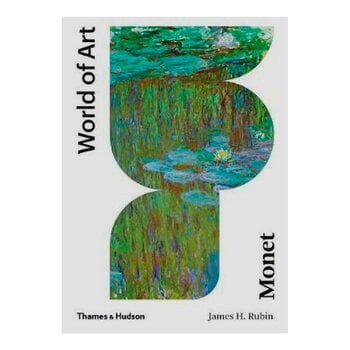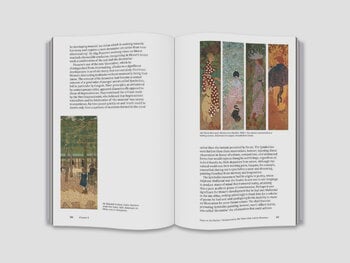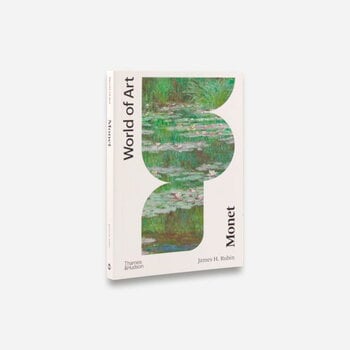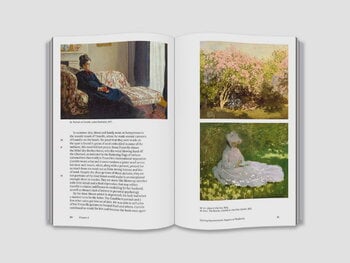Published by Thames & Hudson, Monet offers an insightful overview of the works of French artist Claude Monet, known as the founder of impressionism, covering his career from the early caricatures to the famous waterlily paintings of his later years. The book is written by art historian, professor James H. Rubin, who specialises in 19th-century French art, and it is part of Thames & Hudson's acclaimed World of Art series.
Claude Monet (1840–1926) is one of the most admired and famous painters of all time, and the architect of Impressionism: a revolution that gave birth to modern art. His technique – painting out of doors, at the seashore or in the city streets – was as radically new as his subject matter, the landscapes and middle-class pastimes of a newly industrialized Paris. Painting with an unprecedented immediacy and authenticity, Monet claimed that his work was something new: both natural and true.
In this new introductory study, James H. Rubin – one of the world’s foremost specialists in 19th-century French art – traces the development of Monet’s practice, from his early work as a caricaturist to the late paintings of waterlilies and his garden at Giverny. Rubin explores the cultural currents that helped to shape Monet’s work: the utopian thought that gave rise to his politics; his interest in Japanese prints, gardening, and trends in the decorative arts; and his relationship with earlier French landscape painters as well as such contemporaries as Manet and Renoir.














